Who can decipher this encrypted letter?
Today it’s about an encrypted document that could be a letter from the Second World War. Or is there something else behind it?
One of my most important sources for Cipherbrain articles is the codes group on Reddit. I recently found something there again. It’s about a presumably older encrypted letter, which I will discuss in more detail below. I was particularly pleased with a comment posted by a reader about this find:
An encrypted postcard
Before I come back to the letter in question, I want to present an encrypted (?) postcard that I also found on Reddit:
As you can see, this card was postmarked in 2019. So it is about a century younger than most of the other encoded postcards I have blogged about in recent years. Can any readers do anything with it?
The encoded letter
Now let’s move on to the encrypted letter I mentioned at the beginning. A Reddit user called “hoarder59” posted it a few days ago:
Unfortunately, not much is known about the background of this document. The owner apparently bought it together with some other items on eBay. He estimates that the letter dates from the Second World War period or is even older.
An abbreviation cipher?
There is much to suggest that we are dealing with an abbreviation cipher. This would mean that each letter of the letter represents the first letter of a word.
The very fact that there are both upper and lower case letters in the text and that there is a full stop after each letter speaks for an abbreviation cipher. The letter frequencies are also likely to match the initial letters of an English text.
In my current book, Codebreaking: A Practical Guide (written with Elonka Dunin), there is a chapter on abbreviation ciphers. If you want to solve one, you run into an obvious problem: there is no unique decryption. After all, there are many words with the same initial letter.
Sometimes an abbreviation cipher can be solved by finding the corresponding plaintext. Readers of this blog (including Flohansen, Armin Krauß, Gordian Knauß and Nick Pelling) provided a particularly spectacular example in which this was achieved when they solved the so-called action line cryptogram in 2014.
This cryptogram turned out to be a notebook of the Oddfellows, an organisation similar to the Freemasons.
Most of the other abbreviation ciphertexts I know are also notebooks. However, they are not from the Oddfellows, but from the Freemasons. Usually these works are printed, like the following example:
However, there are also handwritten copies, such as the following one (this one was also solved by my readers finding the corresponding text):
Allerdings gibt es auch handschriftliche Exemplare, wie das folgende (auch dieses wurde von meinen Lesern gelöst, indem sie den zugehörigen Text fanden):
So the following questions arise:
- Can the letter in question be solved by finding the corresponding text?
- Is it a letter at all? Or is it an extract from a Masonic booklet? Or something else entirely? In any case, encoding a letter in this way doesn’t make much sense.
- What is the background of this document?
I will gladly accept any relevant information from my readers.
If you want to add a comment, you need to add it to the German version here.
Follow @KlausSchmeh
Further reading: Verschlüsseltes Freimaurer-Buch: Wer kann es dechiffrieren?
Linkedin: https://www.linkedin.com/groups/13501820
Facebook: https://www.facebook.com/groups/763282653806483/

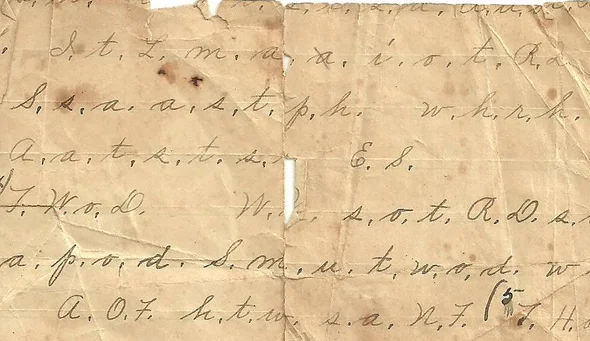

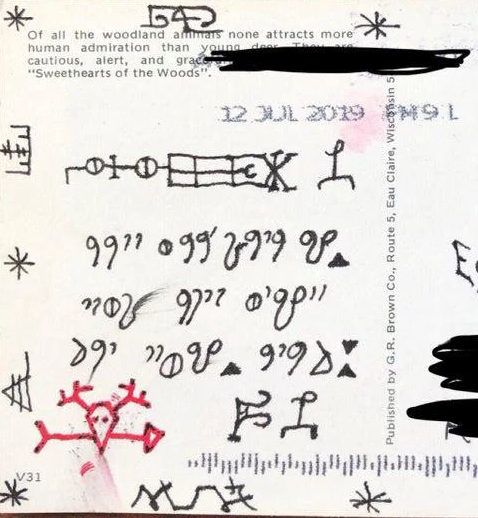
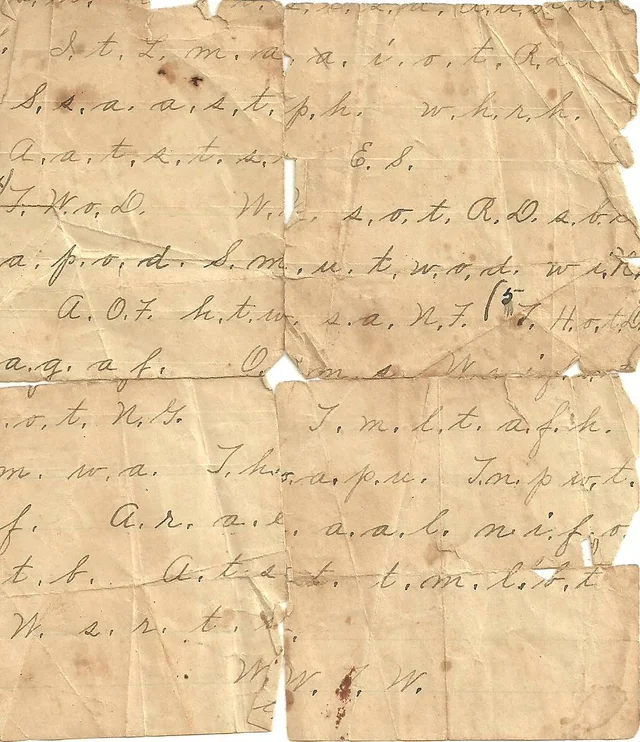
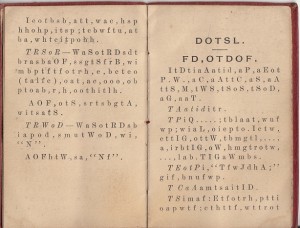
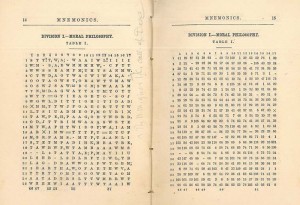
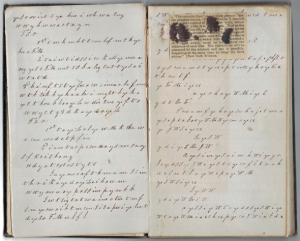

Letzte Kommentare